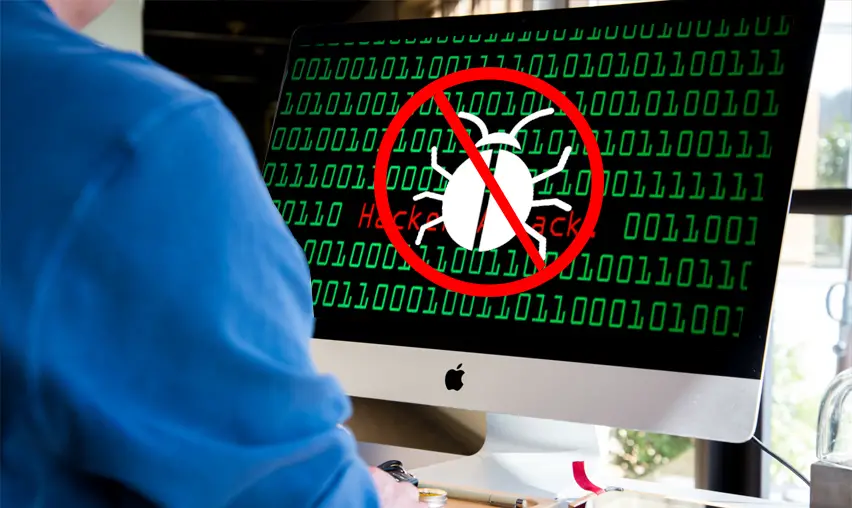There are millions and probably billions of website on the internet. Moreover, a number of these websites are infected with malicious codes or software. Malicious websites are websites used by online criminals, spammers and unethical hackers to further their criminal activities by luring unsuspecting visitors.

1 in 90 people lose money to a scam, hoax or malicious software
In most of the cases the visitors to such websites are routed through web search results, email or links from other web pages. Most of these websites ask the visitor to take some action such as clicking or adding information which can be used to support a wide range of convincing commerce, such as spam advertisement (pharmaceuticals or counterfeit electronic items) and financial fraud (through phishing).
[Recommended read: How to Avoid Falling for A Phishing Scam]
Are you a victim of malicious websites? Please share.
Avoiding Malicious Websites
It is said prevention is better than cure; therefore it is better to avoid visiting such sites. It is believed that most of the cyber attacks are caused by computer users visiting malicious websites and downloading malicious content from there. If the users are informed beforehand, that a particular website is malicious, users will avoid such sites. Although, avoiding these websites is complicated since most of these websites are made very close to the legitimate ones. Spammers target well known celebrities since unsuspecting visitors can do anything for their favorite celebrity.
To tackle the growing problems of malware and malicious websites security companies have come together to pool in resources. These companies have identified a number of websites and blacklisted them. This list is developed based on a range of techniques, including web crawlers and manual reporting combined with site analysis techniques. Users are warned even before entering such sites that a particular website is malicious. However, there is no fool proof system since such scamming enterprises keep on creating new websites, which allow them to continue their criminal activities.
Install WOT (Web Of Trust)
Here is a free safe browsing tool that you can download and use. It’s called WOT (Web Of Trust). When you installed WOT and activated it on your computer, it will alert you when you are trying to visit a site that has suspected content before you even entering or downloading anything from the site. WOT shows you which websites you can trust based on millions of users’ experiences. It is available for Google Chrome, Mozilla Firefox, Internet Explorer, Safari and Opera. For more information, please check out WOT.
[Suggested reading: How to Tell If a Website is Trustworthy]

WOT (Web Of Trust)
Small Hope Against Malicious Websites
Security companies have taken a small lead over online criminal enterprises, which is evident in the recent drop in the number of new malicious websites. In February 2011, the number of malicious websites blocked declined by approximately 3% compared to previous months. If this trend continues, online users can have a sigh of relief.
Most of the security companies such as Symantec, Trend Micro provide free and paid security software, which help in filtering malware. McAfee’s Site Advisor is a free tool which helps in determining the potential dangers of visiting a website. Also, Search engine giant, Google tags malicious websites with a label “This site may harm your computer” along with search results cautioning the user about the problems with the website. The company also allows users to report malicious websites, allowing further filtering of the World Wide Web.
[Read also: How Effective Are Antivirus Programs?]
The Future Ahead
The problem of malicious websites and the related criminal enterprise is expected to get worse. Hackers, spammers and scammers evolve and learn new techniques to attract visitors and find new ways to get around traditional security. Although security companies seem to be losing the battle, the continued focus by these companies will provide a way for the future.
What is your advice on how to detect malicious websites? Tell us in the comments.




There may be lots of websites which are offering lots of benefits but we really have to be cautious and critical with the various websites which we are trying to access. This will probably serve as a reminder to us who are relying on the internet.
Thanks for the comment Liane.
I am just interested with the blog that you have here that is why I have decided to share some of my thoughts or insight about it. Hope to see more of your latest blog Peter.
I welcome all value added comments and thoughts to the blog. Thanks for your comment Liane.
Avoiding these websites can be tricky, as many are well made and seem to be legitimate. Though your search is not dangerous, the results of clicking on a web link or downloading software from these sites can have devastating effects on your computer system.
Must always remind ourselves to be cautious online. Thanks for dropping by Joana.
I am very naive in Internet , I don’t know why..and I know that I must be more suspicious but you also admit that detecting a malicious website is sometimes hard even for a professional.. But I think that with these tips, I will be certainly safer, thanks!
You are welcome Anna and thanks for the comment.
This is really helpful Peter especially to those users who only have a free Anti-virus. Most free anti-virus doesn’t have a web protection feature and installing this software would fill in the gaps of the free anti-virus.
That’s right Veronica. Thanks for commenting.
Hey Peter. I would say one main way is not to download PDF files in the search engine. I’ve done that and had viruses before. But even then, it’s hard to catch them. I recently found out I had a virus for weeks without knowing it. The hacker set it up to quietly collect my information over a period of time. It’s scary.
Often times, there are warnings that appear on my screen, like this website is known or listed as a bad site, or containing some kind of virus or malware, so I just terminate access immediately. Other than this, I have no way of detecting malicious websites. I just have my computer checked periodically by a technician to make sure there are no bugs, or any dangerous software lurking inside 🙂
well,one one of the effective ways to fight against malicious websites is to use avg free anti-virus.this anti-virus
includes link-scanner technology to detect malicious links.the other option is to use an updated hosts file to
protect against spyware,adware,malicious sites.you could also use spyware blaster,which is a free tool
made by java cool inc.
and lastly,well,JUST USE SOME COMMON SENSE!